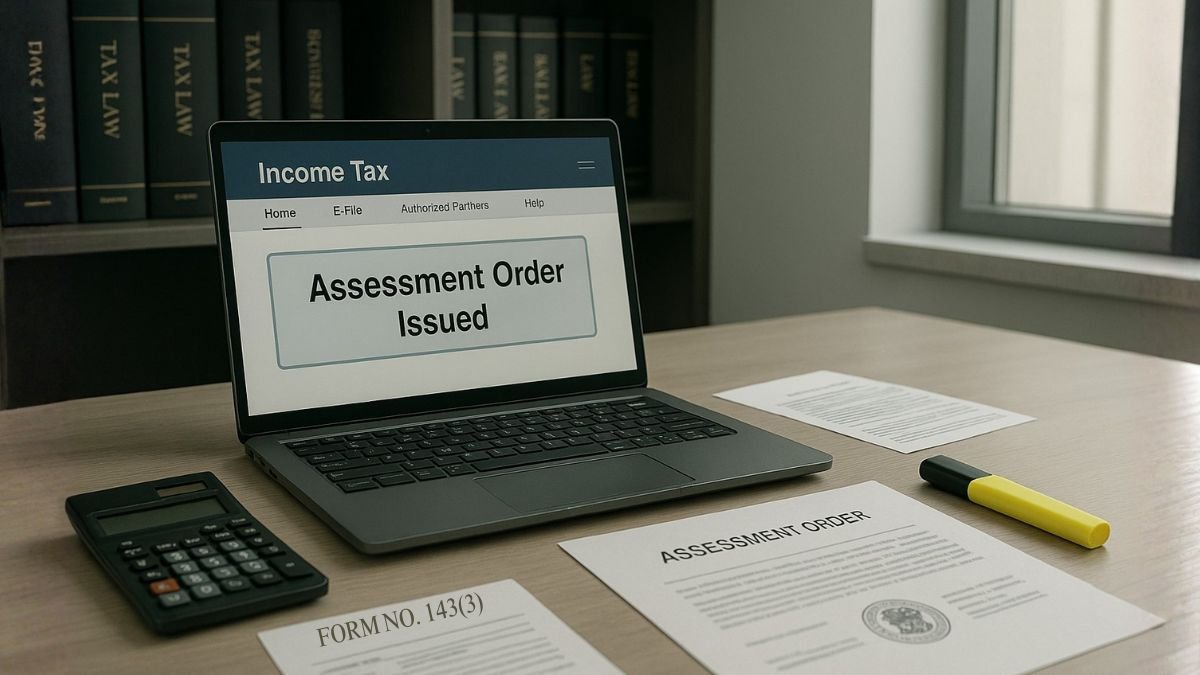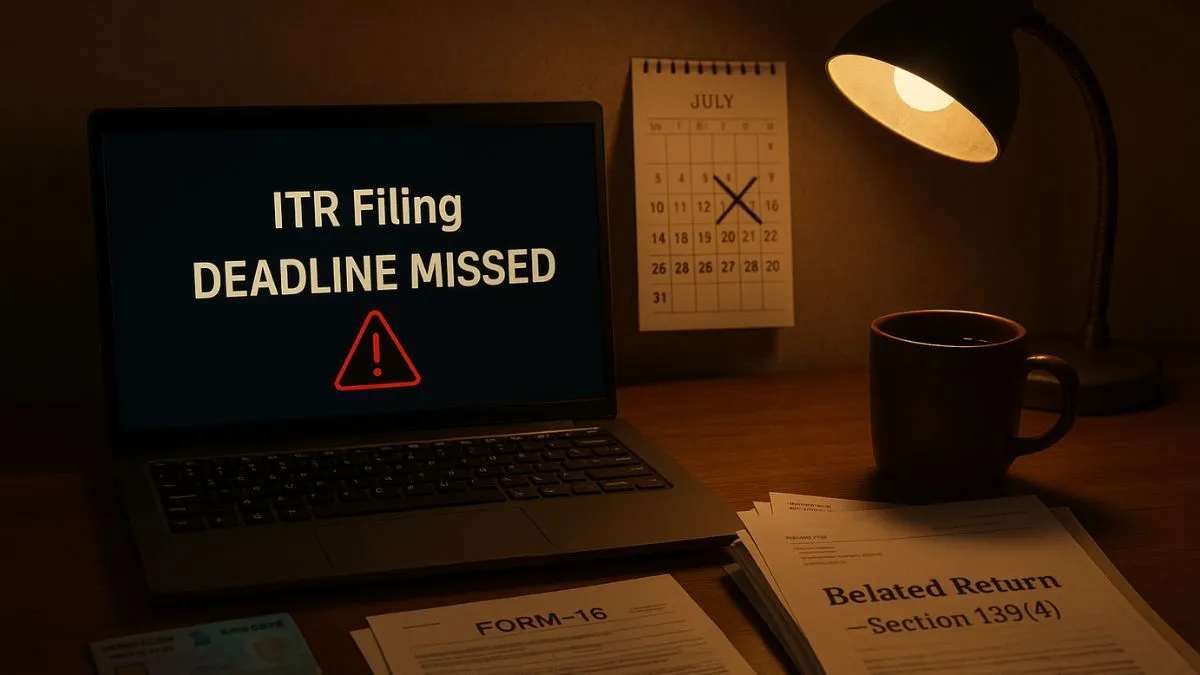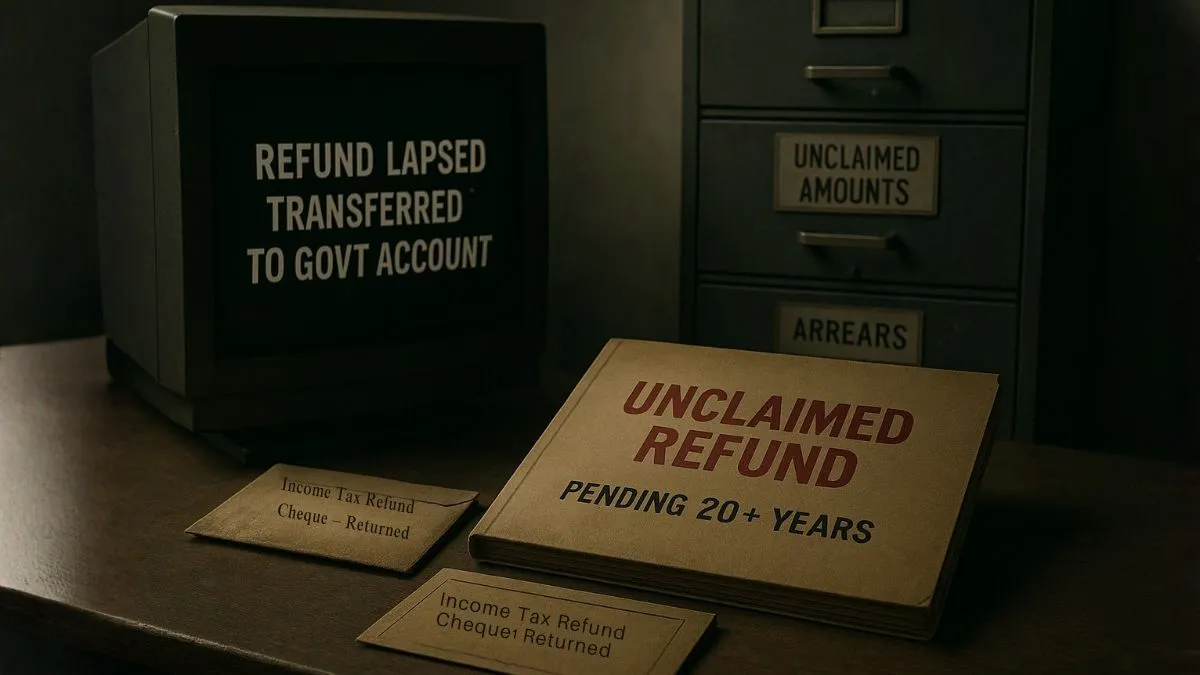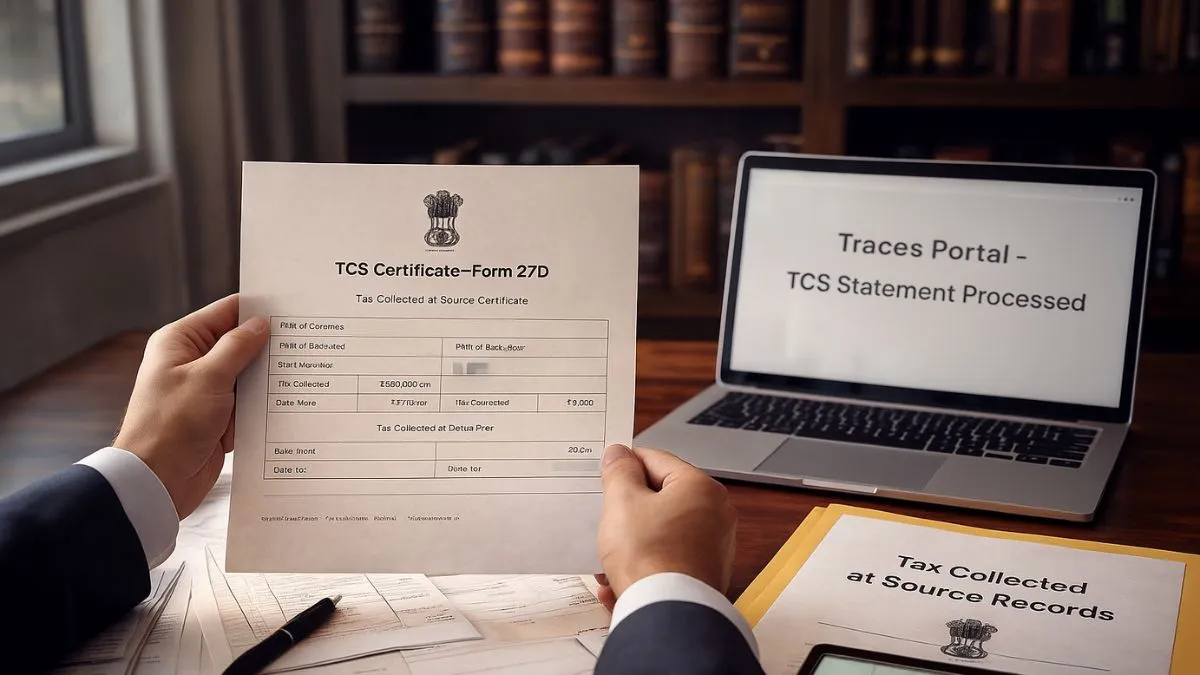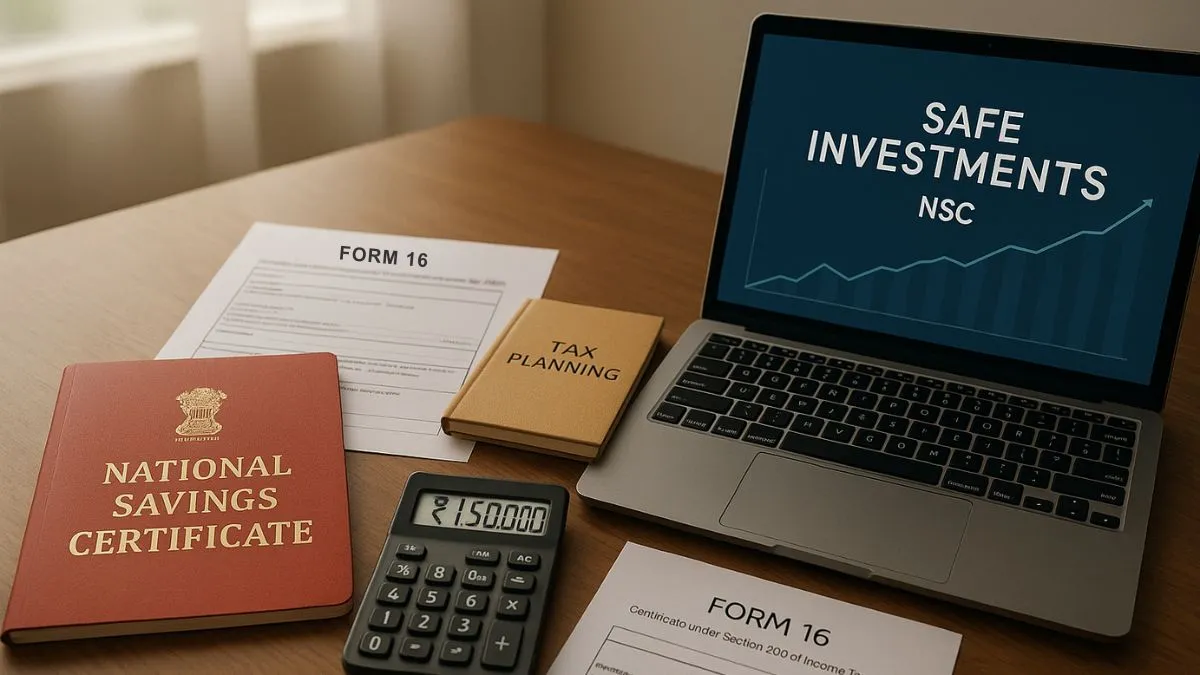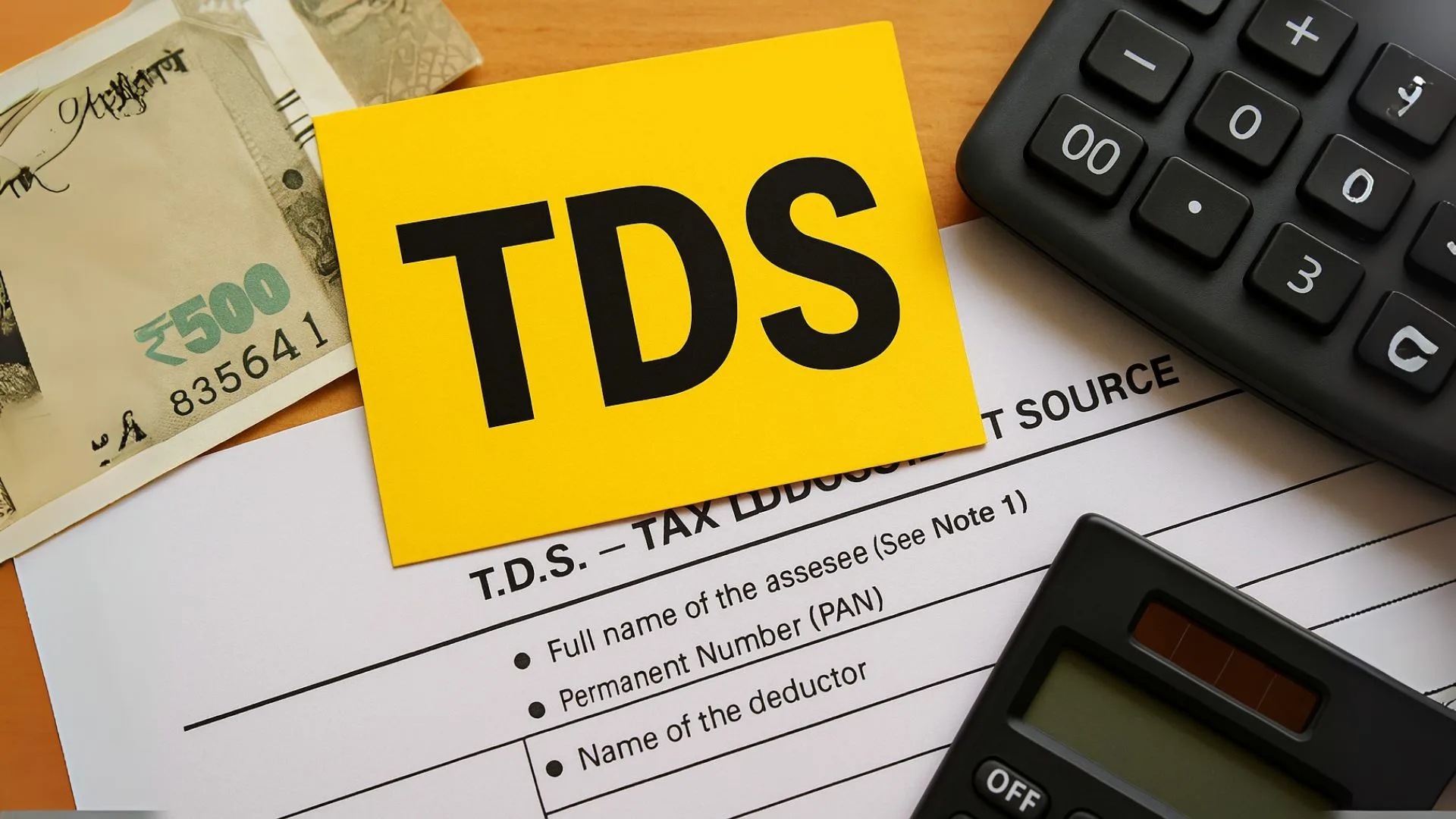
In FY 2023–24, over ₹15 lakh crore was collected through TDS (Tax Deducted at Source) in India. That’s nearly 40% of total direct tax collections — yet, millions of taxpayers don’t fully understand how TDS works, when it applies, and how they can avoid paying extra.
Let’s decode TDS full form, rules, benefits, compliance, and refund process — so you never lose money unknowingly.
What is TDS?
TDS stands for Tax Deducted at Source — an Indian withholding tax where a person making a payment deducts tax before crediting the amount to the payee. This ensures tax collection right at the income source.
It applies to various payments, including:
- Salaries
- Rent
- Professional fees
- Commission
- Interest on deposits
- Sale of property
Think of it as the government’s way of getting its share of your income upfront.
Why TDS Exists
TDS plays a vital role in India’s tax system. Here’s why:
- Ensures steady revenue for the government
- Minimizes tax evasion by collecting tax at the source
- Distributes tax burden across the year instead of lump sum at filing time
- Improves compliance as deductions are recorded digitally
Who Deducts & Who Pays TDS?
- Deductor: The person or entity making the payment (employer, bank, buyer, etc.)
- Deductee: The person receiving the income (employee, landlord, consultant, etc.)"
📌 Example:
If a company pays ₹50,000 as monthly rent to a landlord, it must deduct TDS at 10% (₹5,000) before paying ₹45,000 to the landlord. The deducted ₹5,000 is deposited with the Central Government.
Also Read: Section 80D – Save Taxes While Securing Your Health
When & How TDS is Deducted
TDS is deducted at the time of payment or credit — whichever comes earlier. Some common cases:
- Salary payments (based on employee’s income slab)
- Bank interest exceeding ₹40,000 in a year (₹50,000 for senior citizens)
- Professional services above ₹30,000 annually
- Rent exceeding ₹2,40,000 annually
- Sale of property above ₹50 lakh
TDS Rates & Thresholds (Popular Examples)
|
Transaction Type |
Rate (%) |
Threshold |
|
Salary |
Slab rate |
NA |
|
Interest from banks |
10% |
₹40,000 (₹50,000 for senior citizens) |
|
Rent of land/building |
10% |
₹2,40,000/year |
|
Professional fees |
10% |
₹30,000/year |
|
Sale of property |
1% |
₹50 lakh |
TDS Compliance: Payment & Filing
As per law, the deducted TDS shall be deposited to the credit of the Central Government by the 7th of the following month (except March – 30th April).
Key compliance steps:
- Deduct TDS at the correct rate."
- Deposit with the government within due date.
- File quarterly TDS returns (Form 24Q, 26Q, 27Q).
- Issue TDS certificates to payees.
TDS Certificates & Form 26AS
After depositing TDS, the deductor must issue a TDS certificate (Form 16 for salary, Form 16A for others).
You can view your credit report in Form 26AS or the Annual Information Statement (AIS) on the Income Tax portal to verify TDS deducted in your name.
Case Study: How Awareness Saved Ramesh ₹25,000
Ramesh, a freelance graphic designer, was shocked when his bank deducted ₹25,000 as TDS on his FD interest. On checking, he realised his PAN wasn’t linked to his bank account, so TDS was deducted at a higher rate of 20% instead of 10%.
After linking his PAN and filing ITR, he claimed a refund for the excess amount. If Ramesh hadn’t checked his Form 26AS, he would have never recovered his money.
Also Read: Form 26AS: The One Document That Knows Everything About Your Income
Penalties for Non-Compliance
If any person fails to get his TDS deposited or file returns on time, they face:
- Late fees under Section 234E (₹200 per day)
- Penalty under Section 271H (₹10,000 to ₹1 lakh)
- Interest on delayed payment (1%–1.5% per month)
Refunds & Adjustments
If TDS is deducted in excess, you can claim a refund by:
- Filing your income tax return.
- Ensuring all TDS entries match in Form 26AS."
- Choosing ECS refund mode for faster credit.
Pro Tips to Avoid TDS Troubles
- Submit Form 15G/15H if eligible to avoid unnecessary TDS.
- Always provide correct PAN to avoid 20% deduction.
- Check Form 26AS
- Maintain documentation for all income sources.
Final Tip:
TDS is one of those taxes you can’t ignore, but you can manage smartly. At Callmyca.com, we help you reduce excess deductions, claim timely refunds, and stay fully compliant. Don’t let your hard-earned money get stuck — take expert help today!

